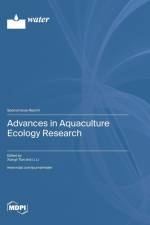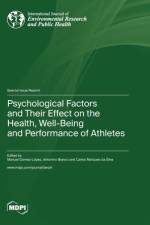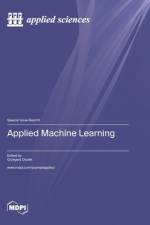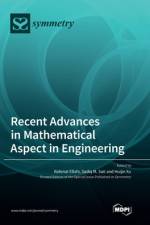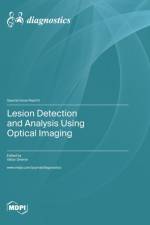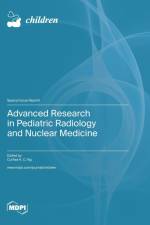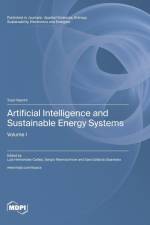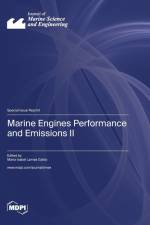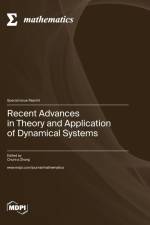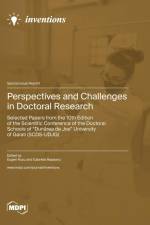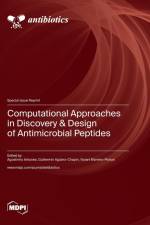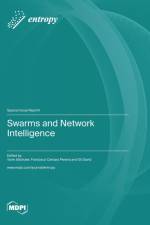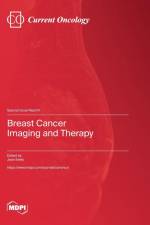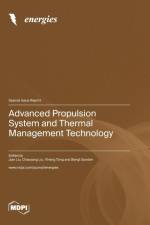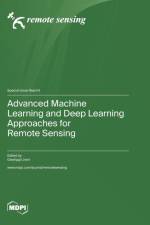945,-
This reprint is tightly related to minerals engineering. The solution mining (heap leaching, in situ leaching, etc.) offers an environmentally friendly, low-cost, and efficient method to extract these minerals, especially copper sulfides (chalcopyrite, chalcocite, etc.), sandstone uranium, and sandstone gold deposits. After years of development, solution mining has made great progress, but it has also encountered some technical bottlenecks. To better understand the current status of low-grade minerals and mine wastes recovery, we carefully collected 13 contributions in this Special Issue, which are mainly divided into following three aspects:· Reaction mechanisms of chemical/bio-leaching-includes the leaching kinetics of copper sulfides, assisted leaching (chloride acidic leaching, iodide assisted leaching, etc.), in situ leaching of uranium and salt deposits, etc.· Process detection, characterization, and visualization-includes the detection of reaction products, visualization of fluid flow and mass transfer, pore strucutre characterization of leaching systems (ore-packed beds, etc.), microbial successions of leaching bacteria, etc.· Recovery, recycle, and reuse of mine wastes-includes cleaner leaching, disposal or production methods (dump leaching, etc.), the recovery of mine waste (waste rock, tailings, etc.), assessment of operations problems, etc.


